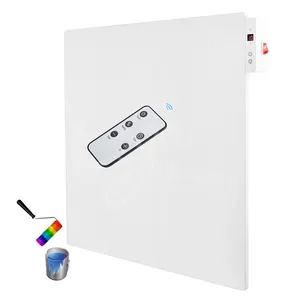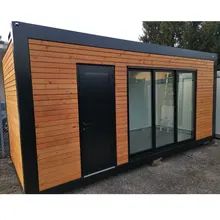About products and suppliers
Với. lò sưởi gốm tự làm, bạn có thể tạo cảm giác bằng gỗ cho sàn nhà của mình mà không thực sự sử dụng bất kỳ loại gỗ nào, điều đó có nghĩa là nó thân thiện với môi trường hơn, chưa kể đến vẻ ngoài tinh tế mà ngôi nhà của bạn sẽ có. Những cái này. lò sưởi gốm tự làm được tạo ra để tồn tại trong thời gian dài và tính linh hoạt và sức mạnh của chúng được kết hợp khiến chúng trở thành một lựa chọn được nhiều người tìm kiếm. Bạn có thể thoải mái lựa chọn từ vô số sản phẩm tại Alibaba.com ngay tại nhà của mình.
lò sưởi gốm tự làm bao gồm việc cán một sàn tổng hợp nhiều lớp để tái tạo diện mạo của bề mặt gỗ bằng cách sử dụng một lớp đính dưới một lớp bảo vệ. Lõi được làm bằng vật liệu ván sợi cùng với nhựa melamine. Ở đây chủ yếu có hai loại ván sàn: ván nhựa và ván gỗ thiết kế. Điều quan trọng là trong khi mua sàn, bạn phải tìm độ dày và chiều rộng của sàn để phù hợp với sở thích của mình. Sẽ là tốt nhất nếu bạn cũng tìm kiếm Tiêu chí AC hoặc Độ mài mòn để chỉ ra khả năng chống mài mòn thông thường của sàn. Nó dao động từ thang điểm AC1 đến AC5, xếp hạng cao hơn có nghĩa là được bảo vệ nhiều hơn khỏi sự hao mòn.
Tại Alibaba.com, bạn chắc chắn sẽ nhận được. lò sưởi gốm tự làm trang nhã, sang trọng và đảm bảo rằng ngôi nhà của bạn trông đẹp nhất. Có một số lợi ích khi cài đặt chúng, chẳng hạn như quá trình cài đặt nhanh chóng, bạn có thể tự thực hiện. Chúng có giá cả phải chăng và bền so với sàn gỗ cứng đồng thời thân thiện với môi trường và nhìn chung khá dễ bảo trì và làm sạch.
Bất kể loại nào. lò sưởi gốm tự làm bạn đang để mắt tới, bạn sẽ mua được chúng ở đây với giá cả phải chăng. Những sản phẩm này được bán bởi những người bán được chứng nhận để đảm bảo bạn có trải nghiệm mua sắm liền mạch. Để có giải pháp tối ưu cho mọi nhu cầu của bạn, không đâu xa hơn Alibaba.com và nhận các dịch vụ cao cấp.











































 浙公网安备 33010002000092号
浙公网安备 33010002000092号 浙B2-20120091-4
浙B2-20120091-4